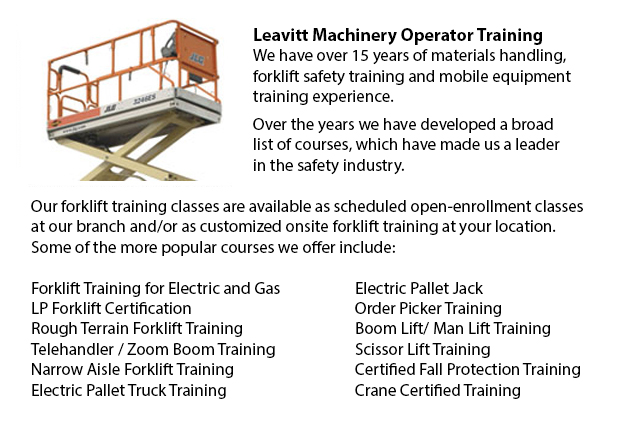
Scissor Lift License Avondale - The operation of scissor lifts carries an inherent chance of danger. Whatever type of powered machine requires proper handling to be able to avoid accidents leading to damage or injury. Companies should ensure that personnel operating this equipment have the required qualifications.
Businesses should not allow scissor lifts to be used by untrained people. The scissor lift is designed to raise individuals to high levels. Failure to know and fully abide by safety standard could lead to damage to the lift or injuries for users.
There are no regulations governing the use of fall protection for those who use scissor lifts. Nonetheless, manufacturers may suggest the use of fall protection and in various cases tying off in scissor lifts may be required by employer guidelines, local regulations or job-specific risk assessment.
In order to make certain that the scissor lift is in good working order before utilizing the machinery, the operator must perform a thorough inspection. This is the operator's responsibility, even though the unit has already been in service that day. The machine's operator's manual contains a checklist for pre-operation.
Examples of what to look for when performing a pre-operation inspection comprise checking tire-inflation pressure, and checking ground controls and controls in the platform in order to make sure they are functioning. When retracting or extending the boom, look for delayed movement on the fly section that may indicate cables are loose. While operating the controls, make certain that the emergency stop switches work. Operate functions against the equipment's cutout switches. Check the boom control system by cycling a boom lift to the furthest extent of its operating envelope. Safety limiters must automatically stop the unit before it moves into an unstable position, if they are functioning properly. If they aren't, shut down the lift and ensure that it is fixed before utilizing it for a second time.
Safe and proper operating procedures must be followed always. Levers must be operated with even, controlled pressure. A control lever must never be pushed from one position to the opposite position. The lever must be shifted to neutral, prior to stopping, and then proceeding in the desired direction. When released, control switches and levers must automatically return to the neutral position. Depress the foot switch prior to operating platform controls.
-
Forklift Certification Courses Avondale
Forklift Certification Courses Avondale - Forklift certification courses really help to be able to make sure that companies using forklifts, follow the local and regional rules. The drivers of the forklift need to go through forklift certification pr... More -
Manlift Certification Avondale
Manlift Certification Avondale - The Elevated Platforms and Manlifts Certification course helps to provide the required training on the work practices, safe operating procedures, rules and regulations regarding the daily activities for the operators... More -
Manlift Operator Training Avondale
Manlift Operator Training Avondale - The aerial lift or manlift is a specialized type of hydraulic platform that is intended to hoist a person vertically giving it an alternate name of a vertical personnel lift. These machinery are widely used for a... More -
Telescopic Training Avondale
Telescopic Training Avondale - Telescopic Handlers are a type of forklift, normally called telehandlers. This machine has been increasing in popularity because of its greater lift heights and its versatility. It is often preferred over the convention... More -
Heavy Equipment Training Avondale
Heavy Equipment Training Avondale - The two most common types of heavy equipment training are classed into the categories of equipment; equipment that is fashioned with rubber tires or those with tracks. The tracked vehicle are heavy duty equipment l... More -
Aerial Lift Train the Trainer Avondale
Aerial Lift Train the Trainer Avondale - The Aerial Lifts Train the Trainer Certification Program would teach trainers how to efficiently train operators in safe industrial mobile equipment operation. Trainers are provided with in-depth instruction a... More -
Overhead Crane Safety Training Avondale
Overhead Crane Safety Training Avondale - The overhead crane safety training program is meant to equip the operators with the right knowledge and skills in the areas of: crane safety measures, accident avoidance, materials handling, and stock and equ... More -
Heavy Equipment Training Schools Avondale
Heavy Equipment Training Schools Avondale - When choosing an operator training course, there are numerous heavy equipment training schools to select from. In order to ascertain the qualifications you would attain, it is very important to check some a... More

Forklift Training Avondale
TOLL FREE: 1-888-254-6157
Avondale, Arizona
forkliftcertificationavondale.com
Email Us
About Us


